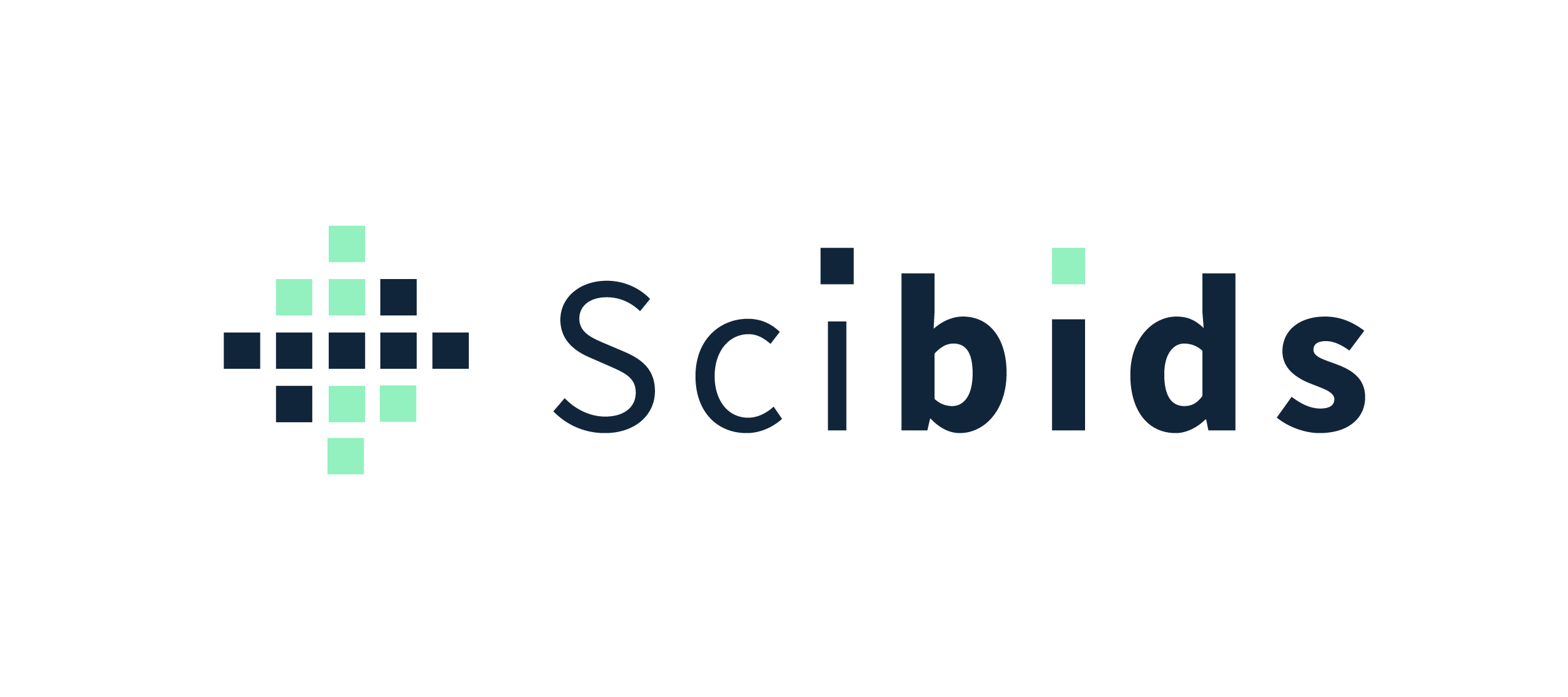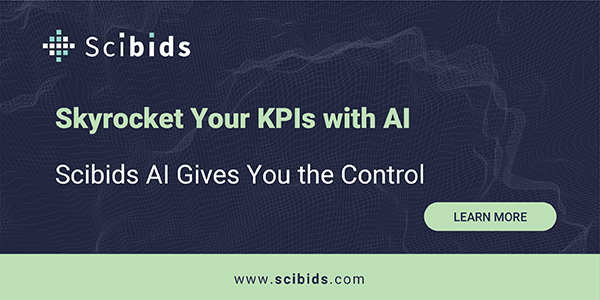AI went from quirky novelty to dominant disruptor in a matter of months, taking over the headlines, as consumer-friendly and business-centric AI applications continue emerging in every sector. AI’s role in digital advertising is much more established, but rapid advances increasingly deliver unexpected and transformative capabilities for digital marketers.
On top of driving performance, AI is giving marketers empowering new levels of transparency, control and surgical precision around the purchase of media placements – helping them optimize toward their true business KPIs.
The Power of Control: A Paradigm Shift in Media Buying
Conventional thinking holds that AI enables digital marketers to accelerate and scale media buying. Marketers can use the immense algorithmic computing power to execute more effective placements, faster. This conventional thinking also suggests that marketers trade transparency and control for that speed, scale, and performance. Indeed, many still view AI as a “black box,” with an autopilot that cannot be overridden, even if it’s steering the plane in the wrong direction.
But modern AI applications in media buying have upended the autopilot control/performance trade-off. Brands no longer have to rely on manual trading or pre-negotiated flat rates for media buys. Instead, AI enables dynamic ad bidding, enhancing flexibility and transparent decision-making control.
This new paradigm of AI-powered media buying offers brands the flexibility and control they need. Critical features of media plans, such as attention, viewability, frequency, budget and brand safety, can be managed more efficiently and effectively, freeing traders from the tedious process of manual optimization. With control at scale, traders can manage campaigns using AI that may have thousands of insertion orders (IOs).
For example, rather than setting fixed frequency caps and viewability filters, AI can dynamically manage these factors to meet target averages. This adaptability doesn’t just improve performance; it ensures traders remain in full control, aligning campaign tactics with overarching marketing strategies.
The Rise of Customizable AI: A Game-Changer in Bidding Strategy
Bidding stands out as a critical use case for the transformative control of AI. Today’s sophisticated marketers want to create bidding strategies that align with specific brand goals. But in the incredibly dynamic and increasingly fragmented media landscape, these bidding strategies are far too complex to be executed manually.
The new breed of customizable AI can understand the connection between bidding strategies and brand goals, adapting these strategies in real time to maximize performance that’s aligned with the original brand goals.
As customizable AI goes mainstream, customizing bidding objectives and data inputs to align with unique brand needs is no longer a novelty; it’s a necessity. AI systems that can consider variables such as CRM segments and publisher quality scores help ensure your campaigns are influenced by the factors most pertinent to your business outcomes.
Maximizing Performance With AI: A Modern Imperative
The challenges for marketers striving for efficient brand and sales growth have multiplied in the rapidly evolving digital landscape. The sheer volume of data, coupled with the critical need to respect consumer PII, to leverage sophisticated AI-powered decisioning technology. The right AI technology can leverage nonuser-specific signals and semantic data – such as data generated by impressions, for example – for ad decisioning, instead of relying on PII or third-party cookies.
Marketers are using these AI solutions to boost KPI performance significantly, breaking through traditional plateaus in campaign performance. By introducing an intelligent layer into existing ad tech stacks, AI not only supercharges campaign optimization but also ensures the campaign execution and workflow remain undisturbed.
Embracing the AI Revolution in Advertising
As with many transformative technologies, the capabilities and potential of AI in digital advertising are revealing themselves to be far broader than expected. Moreover, the advance of AI is erasing paradigms around forced trade-offs between performance and control, empowering marketers to move closer to realizing the full potential of data-driven campaigns.
This emerging golden age of advertising AI allows brands to optimize their ad spends, tailoring their strategies to their unique business KPIs. It grants greater control over advertising decisions, replacing the “black box” mystery with a transparent, data-driven approach. And it dramatically enhances performance, helping brands achieve their advertising goals more efficiently and effectively.
As the AI landscape continues to evolve, there’s palpable excitement around the opportunities it presents. For marketers and ad tech professionals, AI represents not just an optimization tool, but a platform for innovation. Embracing AI as a force for control, transparency and performance in the world of advertising has never been more crucial.
For more articles featuring Remi Lemonnier, click here.


















